Long before Kaldi’s apocryphal goats took their first nibbles of the coffee fruit, tea experts knew about the importance of water quality for brewing*. The eighth-century tea master Lu Yu favoured spring water, and wrote in his guide ‘The Tea Classic’ that ‘the best spring water flows slowly over stone pools on a pristine mountainside’. Using the right water for brewing was considered so important that particular springs favourable for making tea became famous, attracting travelers from all over China.
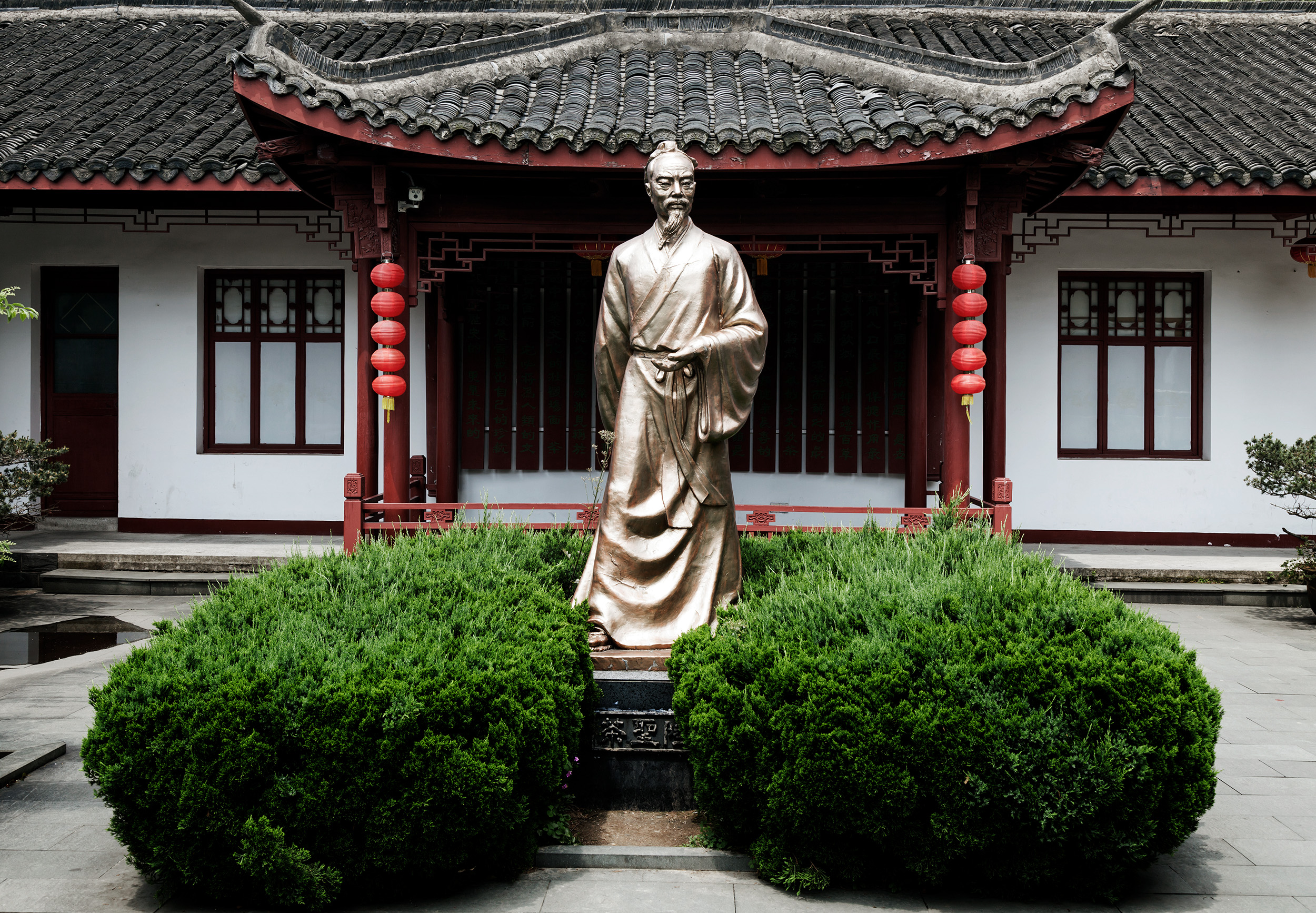 Statue of Lu Yu, author of ‘The Tea Classic’, the first book dedicated to the art tea brewing.
Statue of Lu Yu, author of ‘The Tea Classic’, the first book dedicated to the art tea brewing.
While the mineral content of the brewing water has a clear effect on the appearance and flavour of the brew, there isn’t a broad consensus on what kind of water is ‘best’ for tea. Rather it seems that different teas benefit from different waters, and that personal taste plays a part. Some tea aficionados also favour one kind of water over another for more intangible reasons, such as the water’s qi or the physical proximity of its source to the region the tea was grown in. Brewers will even add certain rocks to their kettle to mineralise the water or lend it the character of a particular place. Choosing the right water for a particular tea is considered part of the art of brewing, and something that comes with long experience.
Tea brewing methods dating back to the eighth century include recommendations for the best water for brewing.
In this post, however, we take a more prosaic approach, and dig into the scientific research on the subject. Modern science confirms the importance of the right mineral content for tea brewing water, and gives us some clues to why some waters are best suited for brewing certain kinds of tea.
Soft Water for Tea
The most commonly-quoted industry guidelines, from the Tea Association of the USA, are broad, and not too dissimilar to the kind of water that we might choose to use for brewing coffee:
- 6 – 8 pH
- 50 – 150 ppm TDS (Total Dissolved Solids)
- 80 ppm total hardness
However, most tea experts point to water at the softer end of this range as being best for speciality teas. Yu himself probably favoured water from high mountain springs for this reason — since the water from high springs has spent little time in contact with bedrock, mountain water is relatively soft.
Tea master Yu Lu favoured slow flowing water from high mountain springs. Mountain water is soft, in line with modern recommendations for tea brewing.
The published research on this subject mostly draws the same conclusion. One study compared different types of tea brewed with tap water (at approximately 200ppm), bottled mineral water (70ppm), mountain spring water (20ppm) and purified water (Xu et al 2017). The researchers found that the lower-mineral waters produced a better flavour, with the mountain spring water producing the best results overall. Adding more hardness to the brewing water decreases tea’s characteristic bitter, sweet, and umami tastes, and makes the tea more astringent.
Tea made with low-mineral water also has a better appearance. Hard water can form two kinds of solid precipitates in tea: the familiar ‘scum’ that makes a film on the surface of your tea, and ‘tea cream’ — a cloudy solid that forms as tea cools. Tea made with softer water is clearer and lighter in colour, and less likely to form a scum.
 An extreme example of tea scum. Photo by Gene Selkov (CC-BY).
An extreme example of tea scum. Photo by Gene Selkov (CC-BY).
Xu et al. found that the pH of the water is also an important factor. They adjusted the pH of the tap water by adding acid until it reached 6, about the same pH as the mountain water. This improved the flavour and clarity of the resulting tea, but it didn’t entirely compensate for the difference in hardness.
Another study also found that low hardness and low pH water made for better tea, but also noted that green tea seems to be more affected by the mineral content of the water than black tea (Cao et al 2021). This is most likely because of the importance of catechins in the flavour and appearance of green tea.
Catechins
Catechins are the phenolic compounds that give green tea most of its famous antioxidant abilities. In black and oolong tea, the process of oxidising the leaves (traditionally called ‘fermenting’, although no fermentation takes place) converts the catechins to other polyphenols that give black tea its red-brown colour (Leung et al 2001). As a result, the antioxidant capacity of green tea is nearly twice that of black tea (Lee et al 2002). Because of catechins’ possible health benefits, a lot of tea research focuses on the extraction of these, more than on the flavour.
Several studies have found that making tea with harder water, or water at a higher pH, results in a brew that contains less catechins. This might be partly because calcium in the water binds to pectin in the plant cell walls, making them less porous (Mossion et al 2008). However, the main factor seems to be that in water with a higher mineral content or higher pH, catechins oxidise more quickly (Cabrera et al 2021). When catechins oxidise they bind together to form larger, darker-coloured molecules, which explains the difference in colour between brews from hard and soft water. The bitter flavours of the catechins are reduced when they break down, but the larger molecules that form as a result add to the tea’s astringency.
Softer water, therefore, results in tea that experts say tastes better, looks better, and is potentially more healthy, because of the antioxidants present. However, the average consumer might have a very different idea of what makes tea taste good.
Is Bitter Better?
Most of the taste studies mentioned so far have been carried out in China, using trained expert panels to judge the flavour and other qualities of the tea. However, there are strong cultural differences in the way that tea is consumed, and for the kind of flavour profile that tea is expected to have. The catechins in green tea make it bitter, and that bitterness is part of the expected flavour profile of a high quality green tea. Black tea, on the other hand, is less bitter but more astringent, and consumers more used to drinking black tea may have different expectations.
Instead of an expert panel, one US study used a large panel of typical tea consumers to judge the effect of water chemistry on tea brewing (Franks et al 2019). The results were mostly the same as in the studies already mentioned: soft water extracted a lot more catechins, and it had a bigger effect on the flavour of green tea than on black tea.
However, unlike in the other studies, these panelists preferred the tea brewed with harder water. The authors suppose that the different result is thanks to ‘the difference in palate of a small group of experts from China versus a large panel of tea consumers in the US.’ For the US panel, the increased bitterness of green tea brewed with soft water made it less palatable. The researchers go on to suggest that if you drink tea for health reasons, you should use deionized water, while if you’re drinking it for the taste, then plain tap water might be better for most consumers.
Alternative water treatments
In a cafe setting, baristas are most likely to choose to brew with much the same water they use for coffee, treated either by reverse osmosis or in a filter cartridge. However, traditional methods of brewing teas include several ways of treating the water. Yu recommended adding a pinch of salt to remove off-flavours from the water, while some tea masters add certain rocks called ‘maifan stones’ or bamboo charcoal to the water when boiling it. These methods are often claimed to ‘purify’ the water, but in fact they may be subtly altering the mineral content, and hence the flavour of the tea.
While we haven’t found any peer-reviewed research on the subject, tea writer Rie Tulali (2020) speculates that the common element in many of these treatments could be silica. Tulali notes that high-silica waters such as Fiji heighten the mouthfeel and aftertaste of tea, and that bamboo is well-known as a source of silica. Until there’s more research on the subject, though, we can’t be sure if silica is the missing mineral in the recipe for perfect water for tea.
What the different studies do make clear, though, is that the minerals in water have a different effect on different types of tea. For this reason, many tea experts recommend using softer water for white and green teas than they would for oolong or black teas, to bring out the expected flavour of that type of tea. For a strong cup of “builders’ tea”, you might even consider following the advice of Mrs Beeton, who wrote that “a few grains of carbonate of soda, added before the boiling water is poured on the tea, assist to draw out its goodness.” For the more delicate teas typically favoured in speciality coffee shops, though, you might discover some new flavours by switching to softer water than what you use for making coffee.
* In spite of what almost everyone says, there’s no historical evidence to support the story of Kaldi and his goats. It’s more likely this story is allegorical and brings together many of the early elements of coffee’s story, and simplifies the events and places into a handful of characters. To learn more about this story, take a listen to The History of Coffee podcast.
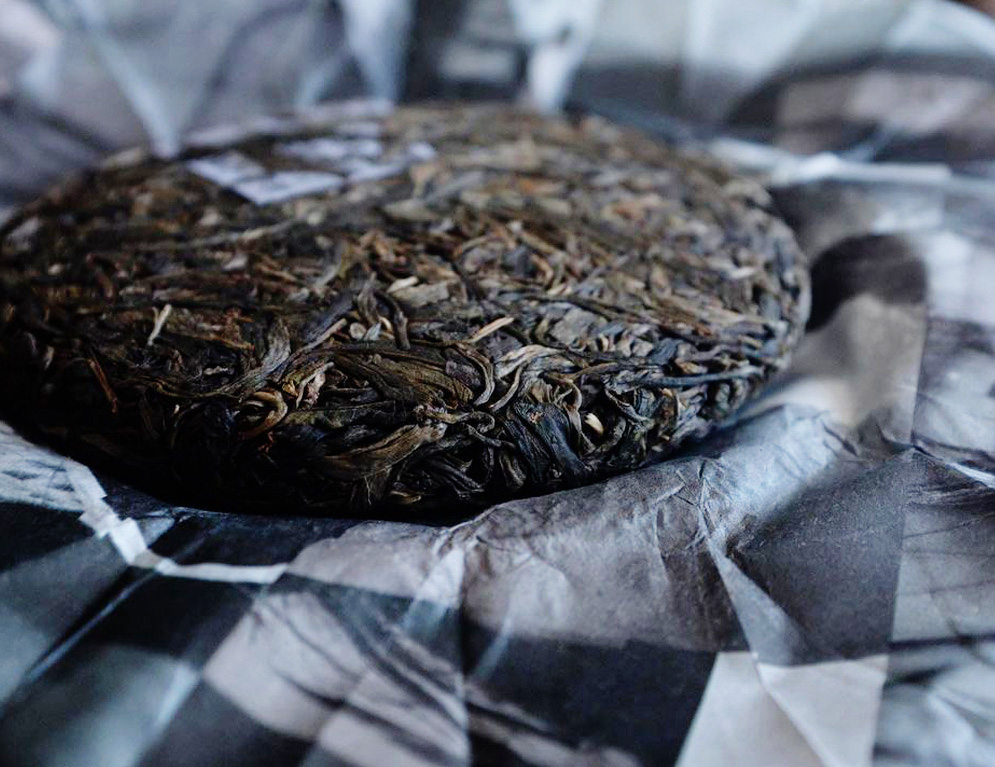
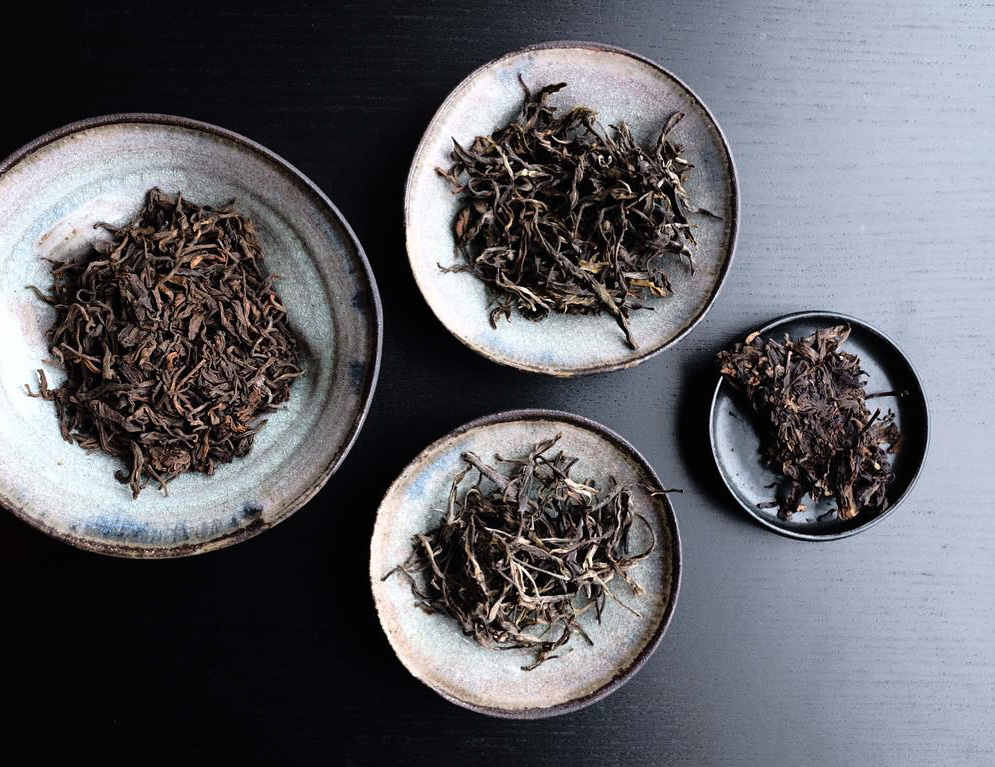
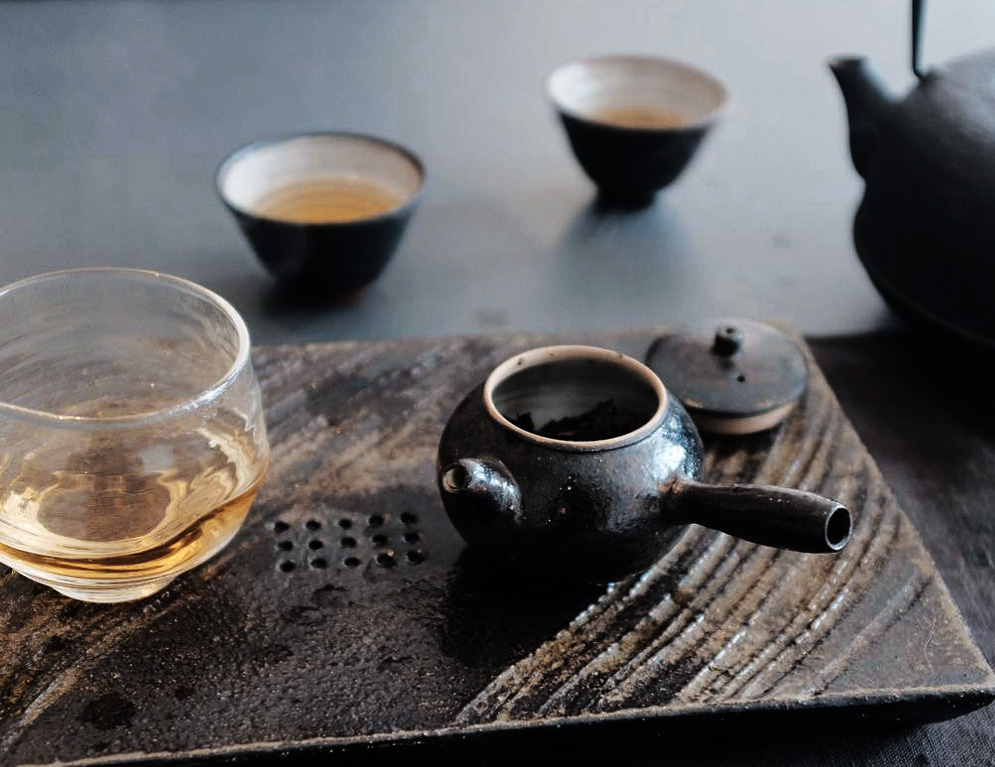
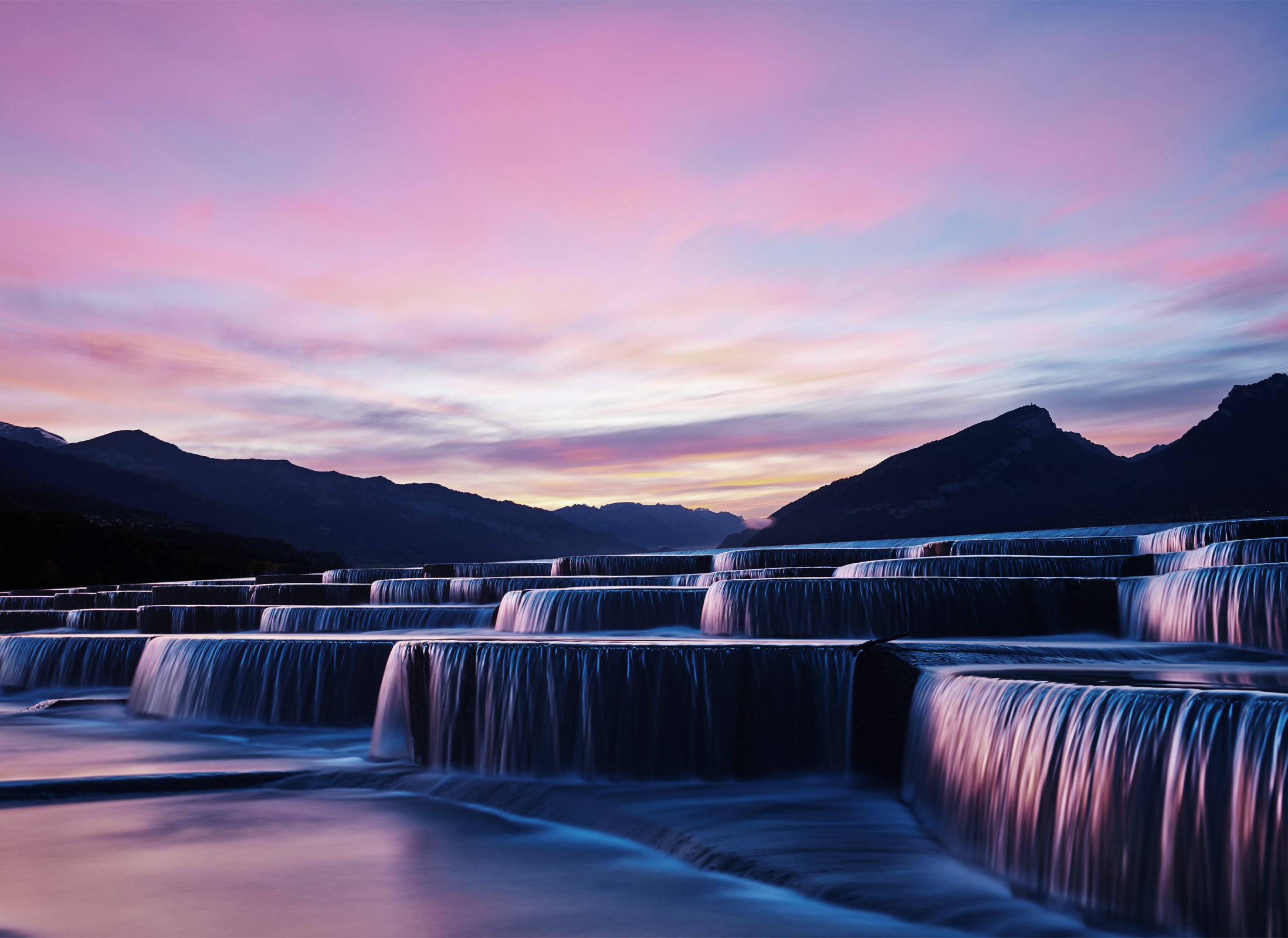
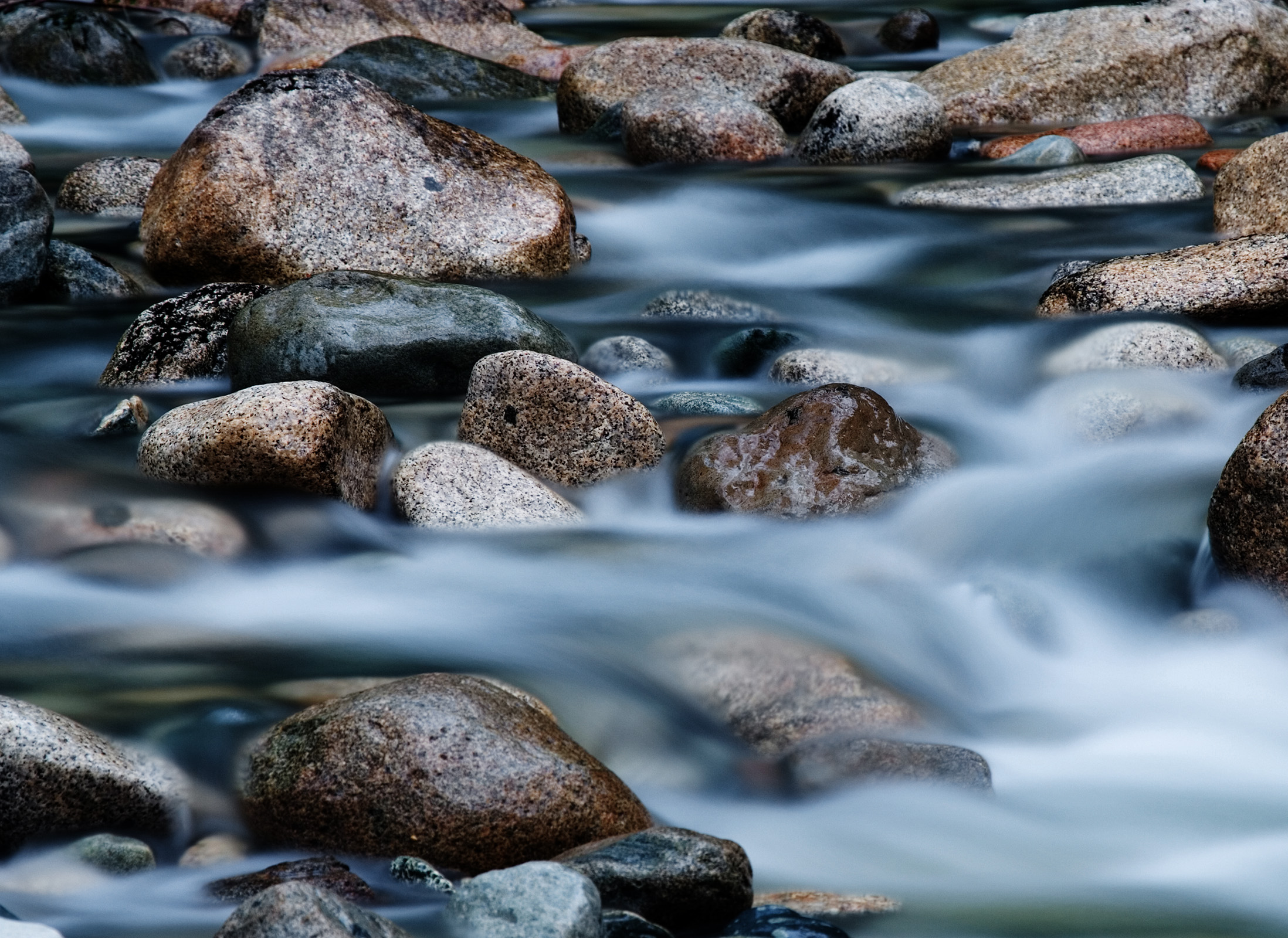




0 Comments